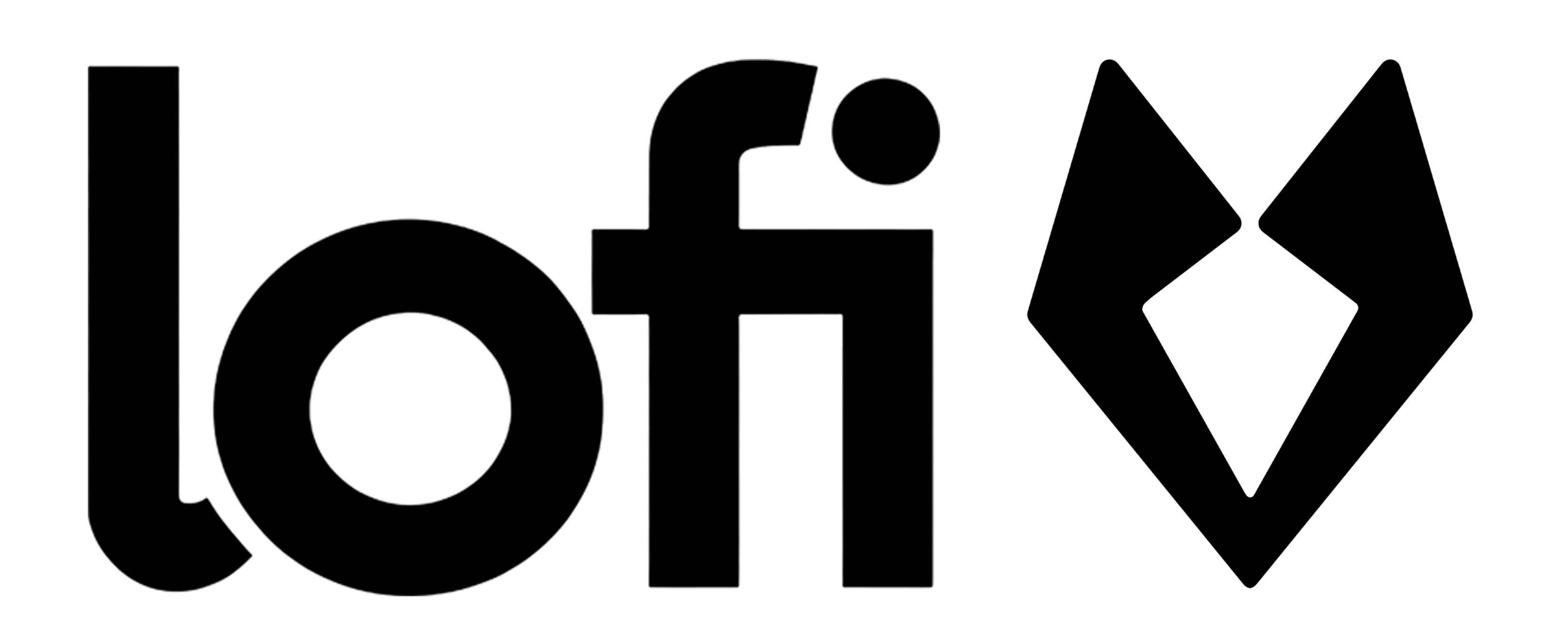Your Facebook-only strategy might feel safe, but it's costing you conversions. While you're paying premium rates for the same audience repeatedly, competitors are unlocking better ROI by spreading their budget across multiple platforms.
The evidence is crystal clear: diversified media mixes consistently outperform single-platform approaches. When you put all your ad dollars into one channel, you're accepting hidden penalties that eat into your bottom line - frequency taxes, audience ceilings, and creative fatigue that compound over time.
The ROAS Math Favors Diversification
The numbers don't lie. Analytic Partners' ROI Genome study found that adding channels isn't just additive, it's multiplicative. Each new channel can lift ROI by up to 35%, with two-channel campaigns outperforming single touch points by approximately 19%.
WARC's meta-analysis backs this up: TV combined with online delivered 25-30% higher ROI than online alone. The lesson isn't necessarily "buy TV", it's that strategic combinations create synergy that isolated platforms can't match. In digital-only campaigns, the same principle applies when you layer Meta with YouTube and Search, or TikTok with Pinterest and Reddit.
Nielsen's research shows a strong relationship between unique target reach and ROI. Once you max out frequency within one platform, your next dollar performs better reaching new people elsewhere rather than hitting the same audience again.
Cross-Screen Repetition Beats Same-Screen Repetition
Multiscreen exposure significantly improves ad recall and response rates. Studies covered by Digiday and corroborated by MAGNA/Charter found that seeing the same creative across linear TV, connected TV, and mobile boosted ad recall by 41% and increased purchase intent, effects you simply can't achieve by hammering one platform alone.
Even timing matters: peer-reviewed research shows synchronized digital ads perform better when shown after a TV spot, demonstrating micro-level synergies you can't manufacture in a single silo.
The Hidden Tax of Single-Platform Buying
When you buy exclusively on one platform, you accept three avoidable penalties:
Frequency Tax
Your average frequency climbs rapidly, driving up CPM/CPC for diminishing returns. Deduplicated reach across platforms keeps frequency productive and costs manageable. Industry measurement is moving toward deduped reporting because the market recognizes this is where ROI lives.
Audience Ceiling
Every platform has unique users you can't reach elsewhere. Multi-platform plans unlock segments that single-platform approaches miss entirely, which explains why blended mixes consistently beat isolated ROAS in marketing mix modeling and lift tests.
Creative Fatigue
Cross-platform distribution lets you rotate formats and placements - short video, long-form, search, feed, stories - sustaining performance curves longer than any single inventory pool can support.
"The next dollar is better spent reaching new people elsewhere than hitting the same audience again." - Nielsen
Your Simple Multi-Platform Playbook
Ready to break free from single-platform limitations? Here's your step-by-step approach:
Step 1: Add one new platform to your best-performing campaign. Layer YouTube or TikTok onto Meta, or add Pinterest or Reddit to Search. Keep audience logic consistent and reuse winning creatives with native tweaks. It has never been easier to create an add account on a new platform.
Step 2: Split your budget 70/30 for two weeks between your existing platform and the new one.
Step 3: Measure incrementality, not just last-click attribution. Use holdout tests, geographic A/B tests, or ghost-bid testing. Focus on blended ROAS and unique reach rather than platform-reported conversions alone.
Step 4: Scale what's working. Shift spend from frequency-heavy pockets into channels that add net-new reach at lower CPA targets.
Why This Matters Right Now
Platforms are reducing creative friction through AI templates, auto-cutdowns, and feed-native editing tools. Pinterest openly positions itself as an AI-driven platform with tools that cut campaign setup inputs by approximately 50%. Multi-platform diversification is becoming a streamlined workflow, not a heavy lift.
Your competitors who embrace this shift now will capture the reach and efficiency gains that single-platform strategies leave on the table. The question isn't whether to diversify, it's how quickly you can start.

